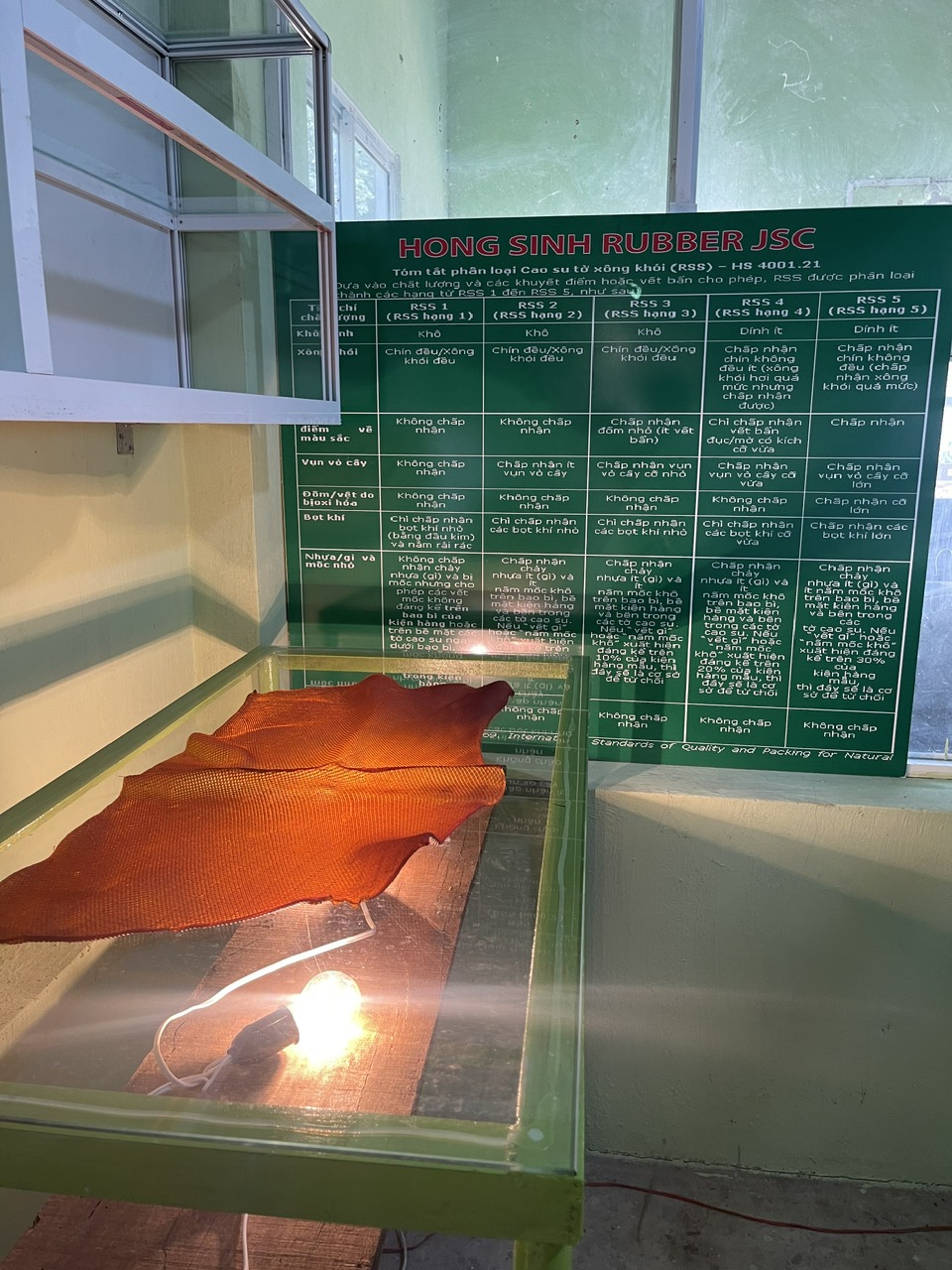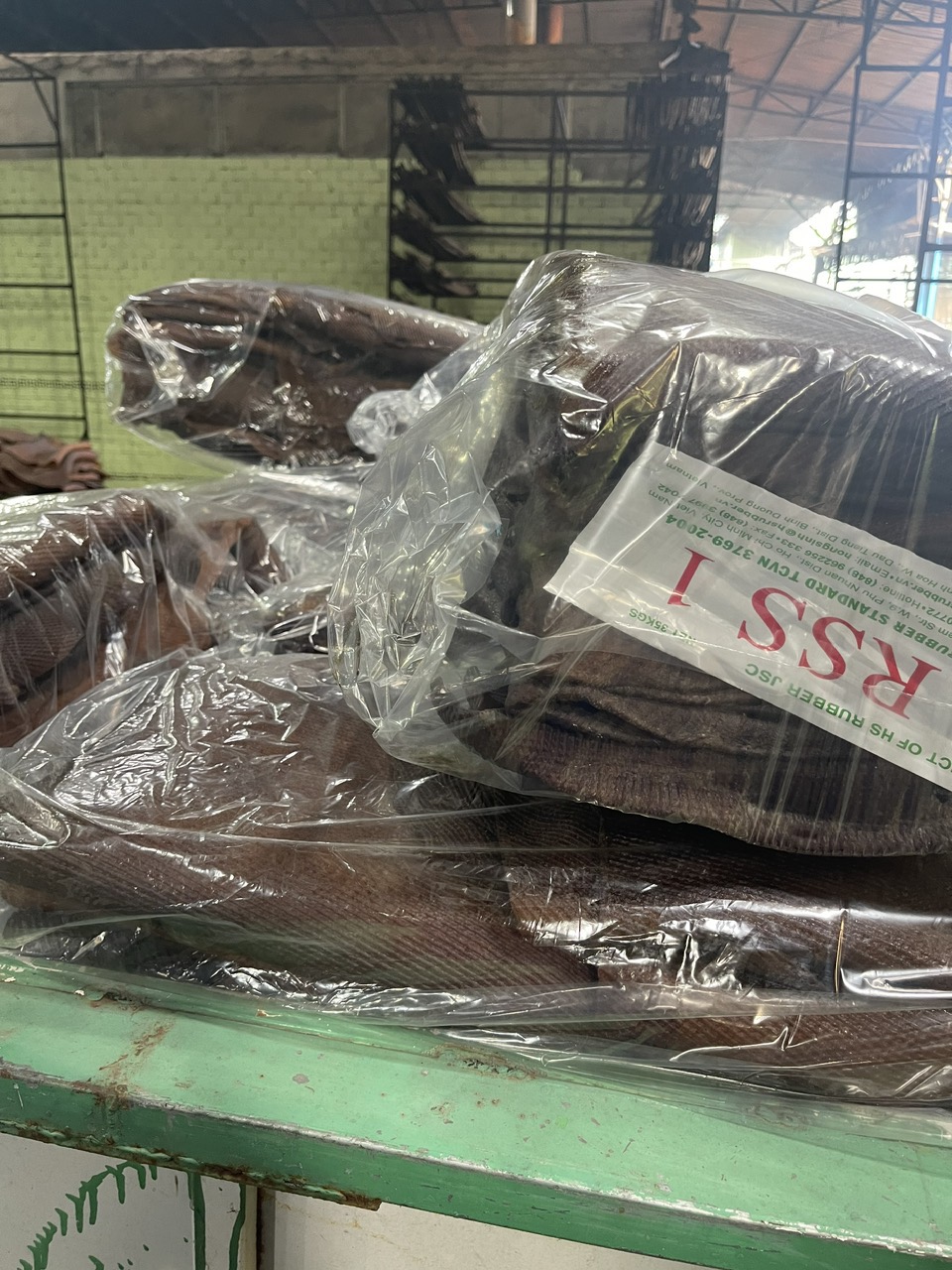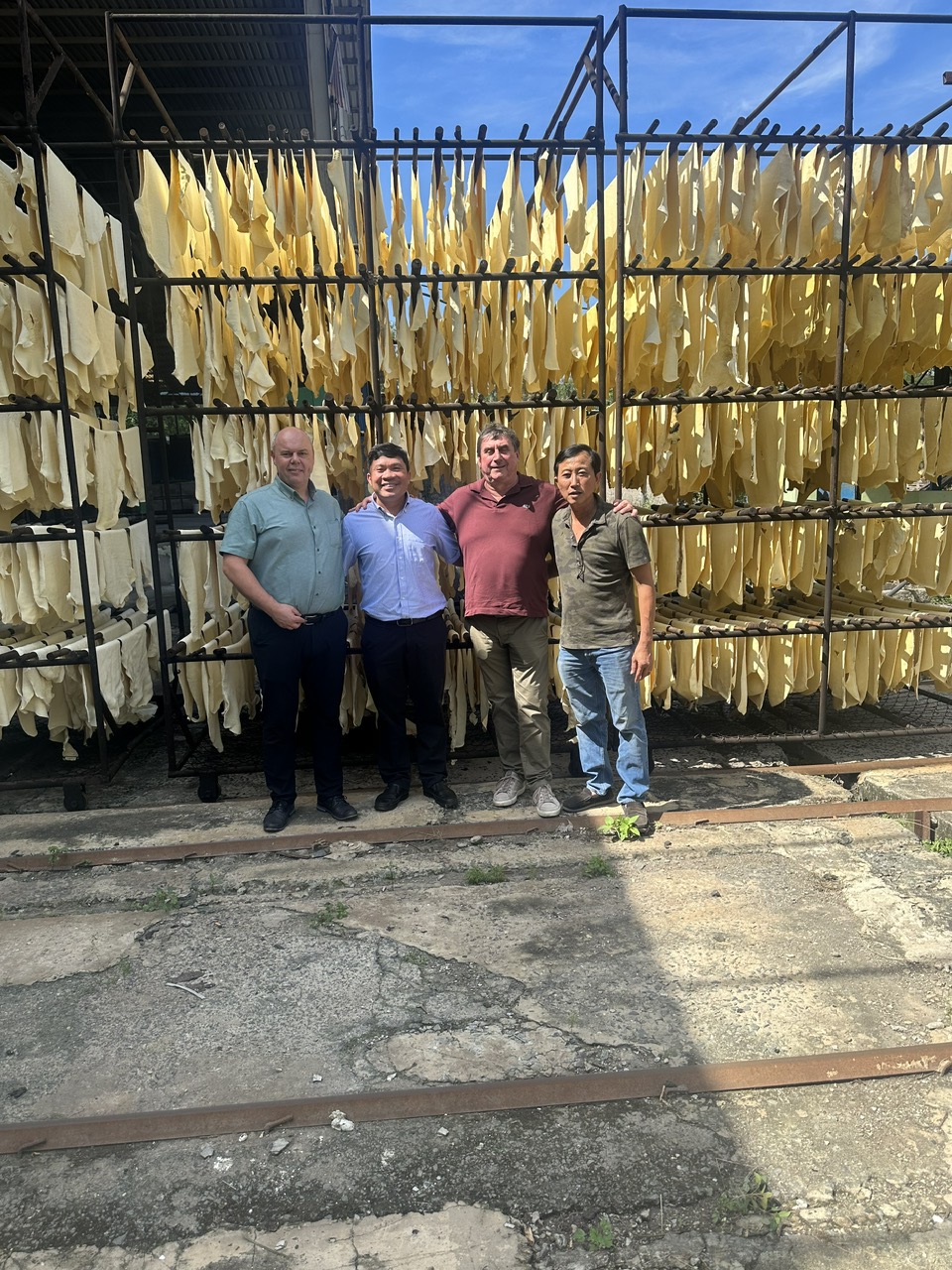Advancements in Rubber Recycling Technologies
Rubber is a versatile and widely used material, particularly in industries such as automotive, construction, and healthcare. However, the durability of rubber, which makes it a valuable component in various products, also presents a significant challenge when it comes to waste management. The accumulation of rubber waste, particularly from tires and industrial products, has long been a concern due to its environmental impact. Fortunately, advancements in rubber recycling technologies have paved the way for more efficient and sustainable methods of recycling and reusing rubber waste. This article explores some of the key innovations in rubber recycling and their potential to transform the industry.

Rubber recycling refers to the process of reprocessing rubber waste to create new products, reducing the need for raw materials and mitigating environmental harm. The two main types of rubber that are recycled are natural rubber (from rubber trees) and synthetic rubber (made from petroleum-based chemicals). Among the most common sources of rubber waste are used tires, which are difficult to dispose of due to their size and durability. Recycling rubber helps conserve natural resources, reduce landfill waste, and minimize pollution.
One of the most common and successful advancements in rubber recycling is the development of crumb rubber technology. This process involves grinding rubber products, particularly tires, into small, uniform particles called "crumb rubber." The crumb rubber can then be used in a wide variety of applications, including the production of rubberized asphalt, playground surfaces, sports tracks, and mats.

The crumb rubber process has been significantly improved over the years. Innovations in machinery have made the grinding process more efficient, allowing for the production of finer and more consistent rubber particles. Additionally, new methods of devulcanization, which is the process of breaking down the sulfur bonds that give vulcanized rubber its strength, have made it easier to reuse rubber in the manufacturing of new products.
Cryogenic grinding is an advanced method used to recycle rubber, particularly for tires. This process involves freezing rubber materials with liquid nitrogen, which makes the rubber brittle and easier to break apart into small pieces. Once frozen, the rubber is ground into fine particles. The advantage of cryogenic grinding over traditional mechanical methods is that it reduces wear and tear on machinery and produces cleaner, more uniform particles with less contamination.
Cryogenic grinding is especially useful in producing high-quality crumb rubber for use in applications like rubber-modified asphalt and rubber-based coatings. The ability to recycle rubber more efficiently and with higher purity opens up new opportunities for sustainable materials in the construction and automotive industries.
Rubber, especially tires, is vulcanized to enhance its durability, but this process also makes it difficult to recycle. Traditional rubber recycling methods are hindered by the strong sulfur bonds formed during vulcanization. Devulcanization is the process of breaking these bonds, making rubber easier to reuse.
Recent advancements in devulcanization technologies have improved the ability to recycle vulcanized rubber, which makes up a significant portion of rubber waste. New chemical, mechanical, and thermal devulcanization techniques have been developed, allowing for more efficient recycling. For example, the use of ozone treatment and microwave heating has shown promise in breaking down sulfur bonds without degrading the rubber's properties. These innovations enable manufacturers to reclaim the valuable material in old tires and other rubber products and reuse it in new applications.

Pyrolysis is a thermal decomposition process in which rubber is heated in the absence of oxygen to break it down into smaller molecules. This process can convert rubber waste into useful products such as oil, gas, and carbon black, which can be used as fuel or in manufacturing. Pyrolysis of rubber waste, particularly used tires, is gaining attention as an environmentally friendly method to dispose of large amounts of waste while recovering valuable resources.
Thermolysis is a similar process that uses lower temperatures than pyrolysis to break down rubber waste into reusable products. Thermolysis is a promising technology for recycling rubber, as it allows for the recovery of valuable by-products while minimizing environmental emissions. Both pyrolysis and thermolysis are advancing in efficiency, enabling the rubber industry to reduce waste and generate new materials that can be used in manufacturing.
.jpg)
While natural rubber recycling has been widely practiced for years, recycling synthetic rubber has historically been more challenging due to its complex chemical composition. However, advancements are being made to develop more effective methods for recycling synthetic rubber, which is used in a variety of products, including automotive parts, industrial products, and footwear.
New chemical recycling techniques are being researched that can break down synthetic rubber into its original components, allowing it to be reused in the production of new rubber products. Solvent-based methods are being developed that can dissolve the rubber and extract the useful materials, which can then be reprocessed. These innovations hold promise for increasing the recyclability of synthetic rubber, reducing waste, and conserving resources.
The growing emphasis on the circular economy has also influenced rubber recycling technologies. A circular economy aims to keep products and materials in use for as long as possible, reducing waste and promoting sustainability. In the context of rubber recycling, this approach involves designing products for easier disassembly and recycling, as well as developing technologies that facilitate the reuse of rubber at the end of its life cycle.
Innovations in rubber recycling are moving toward a more closed-loop system, where waste rubber is continuously recycled into new products without the need for virgin materials. This approach not only reduces waste but also decreases the environmental impact of rubber production and consumption.